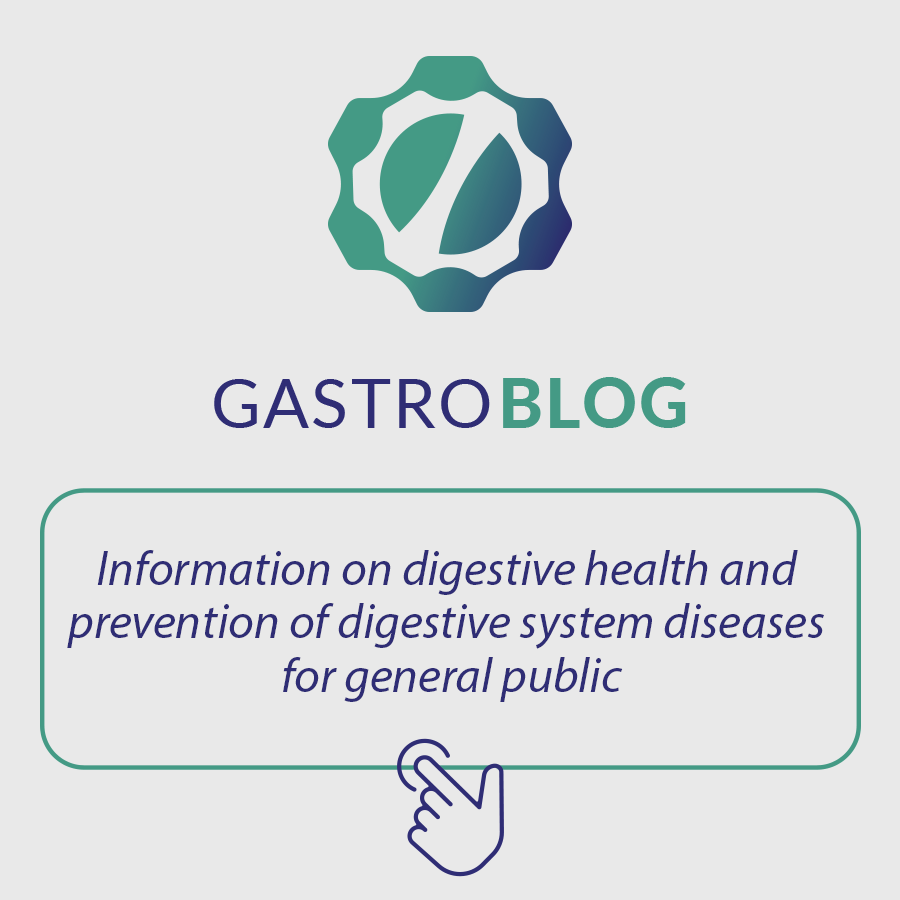Autoimmune Pancreatitis (AIP) is one of the possible causes of chronic pancreatitis, which presents with inflammatory infiltrate in the gland and progressive fibrosis, which can lead to pancreatic insufficiency (1).
The observation of the clinical picture allows us to classify AIP into 2 subtypes (2,3):
- Autoimmune Pancreatitis type 1: the pancreatic involvement is part of a systemic condition, which affects various organs, related to infiltration by immune cells rich in IgG4 (a sub-fraction of IgG). The main characteristic is the lympho-plasmacytic infiltrate in the pancreas, with more than 10 cells / CGA positive for IgG4, storiform fibrosis and the absence of granulocytic lesions.
- Autoimmune Pancreatitis type 2: it is an exclusively pancreatic disease, which can present with episodes of Recurrent Acute Pancreatitis, and which is characterized by the granulocytic infiltrate in the pancreas and the absence of cells positive for IgG4. The diagnosis of AIP type 2 can only be confirmed with pancreatic histology. Despite being a disease restricted to the pancreas, it is associated with other autoimmune conditions, such as Inflammatory Bowel Diseases (especially UC).
Clinical picture
- The clinical picture typical of AIP (in either subtype) is abdominal pain, obstructive jaundice and elevation of pancreatic and canalicular enzymes in the blood. Weight loss is also common.
- In some cases, pancreatic or biliary masses may be found, which require differential diagnosis with neoplasms.
- Less common is the occurrence of repeated acute pancreatitis, especially in AIP type 2 (4, 5).
- The dosage of IgG4 > 140 mg/dl, hypergammaglobulinemia and FAN + can be secondary markers of systemic disease (AIP type 1).
Radiological Findings
Associated with the clinical picture, radiological findings can corroborate the diagnosis. About 85% of patients with AIP have compatible radiological changes. The most typical finding is edema and pancreatic enlargement (pancreas “in sausage”) and loss of lobulations, often associated with a hypoattenuating halo on contrast-enhanced abdominal tomography or resonance in 15-40% of cases (6,7).


* Own archive images
Less frequent is the focal involvement, with the presence of nodules in the gland, which can mimic neoplasia. This form is more common in AIP type 2 (35-80% incidence) and it is essential to make the differential diagnosis with mitotic processes. (7) In this context, the use of exams such as Endoscopic Ultrasound or Endoscopic Retrograde Cholangiopancreatography can be useful in an attempt to rule out the diagnosis of neoplastic processes, as they allow the collection of material for histopathological evaluation. (8)
Treatment
The initial treatment is with corticosteroids, and both forms of the disease have a good response to the corticosteroid course. Treatment is indicated in cases that present with obstructive jaundice and abdominal pain, nodular form (pancreatic or biliary masses), cases simulating sclerosing cholangitis or extra-pancreatic disease. The initial dose can be a fixed 40mg/day of prednisone (or around 0.6 mg/kg/day) for a period of 4 weeks. After this period, a clinical, laboratory and imaging reassessment is recommended. In case of improvement, a reduction in the dose of 5mg per week is indicated until the complete suspension of the medication. (5, 9)
In the patient who has a contraindication to the use of corticosteroids (especially patients with uncontrolled diabetes mellitus) Rituximab (anti CD-20) can also be used as a first-line agent for induction of remission. (9, 10)
Despite showing a good response to treatment with corticosteroids, the recurrence rate of symptoms is approximately 30%. Predictors for recurrence of the condition are: high levels of IgG4 at diagnosis and involvement of other organs, especially the biliary tree. In these cases, it is still not clear whether adjuvant treatment with immunomodulators (Cyclosporine, Azathioprine, Rituximab) is necessary or whether a longer therapy with corticosteroids is necessary. (1, 2, 5, 9).
| Type 1 | Type 2 | |
| IgG4 | Related to IgG4 | Not related to IgG4 |
| Age | > 60 years | > 40 years |
| Sex | Masc > Fem | Masc = Fem |
| Serum IgG4 | Elevated | Normal |
| Histology | IgG4 + cells | Granulocytic epithelial lesions |
| Remission rate | High | Low |
| Extra-pancreatic | Diseases related to IgG4 | IBD (30%) |
How to cite this article
Marzinotto M. Autoimmune Pancreatitis. Gastropedia, 2022. Available at: https://gastropedia.com.br/gastroenterology/pancreas/autoimmune-pancreatitis/
Bibliographic references
- Mahdani, K. Farrel, J. Management of Autoimmune Pancreatitis. Gastrointest Endoscopy Clin N Am 28, 2018, 493–519
- Shimosegawa, T. et al. International Consensus Diagnostic Criteria for Autoimmune Pancreatitis Guidelines of the International Association of Pancreatology. Pancreas 2011; 40: 352-358
- Sah, R.P., Chari, S.T. Autoimmune Pancreatitis: An Update on Classification, Diagnosis, Natural History and Management. Curr Gastroenterol Rep, 2012 14:95–105
- Hart, P.A. et al. Recent Advances in Autoimmune Pancreatitis. Gastroenterology 2015;149:39–51
- Nagpal, S.J.S. et al. Autoimmune Pancreatitis. Am J Gastroenterol (2018) 113:1301–1309
- Raina A, Yadav D, Krasinskas AM, et al. Evaluation and management of autoimmune pancreatitis: experience at a large US center. Am J Gastroenterol 2009; 104(9):2295–306.
- Sandrasegaran, K. Menias, C.O. Imaging in Autoimmune Pancreatitis and Immunoglobulin G4–Related Disease of the Abdomen. Gastroenterol Clin N Am 47 (2018) 603–619
- Fujii-Lau, L.L.. Levy, M.J. The Role of Endoscopic Ultrasound in the Diagnosis of Autoimmune Pancreatitis. Gastrointest Endoscopy Clin N Am, 2017.
- Kamisawa, T. et al. Advances in IgG4-related pancreatobiliary diseases. Lancet Gastroenterol Hepatol, 2018; 3: 575–85
- Okazaki, K. Uchida, K. Current perspectives on autoimmune pancreatitis and IgG4-related disease. Jpn. Acad., Ser. B 94 (2018) 412-427.
Medica responsável pelo Grupo de Pâncreas da Disciplina de Gastroenterologia Clínica do HCFMUSP


